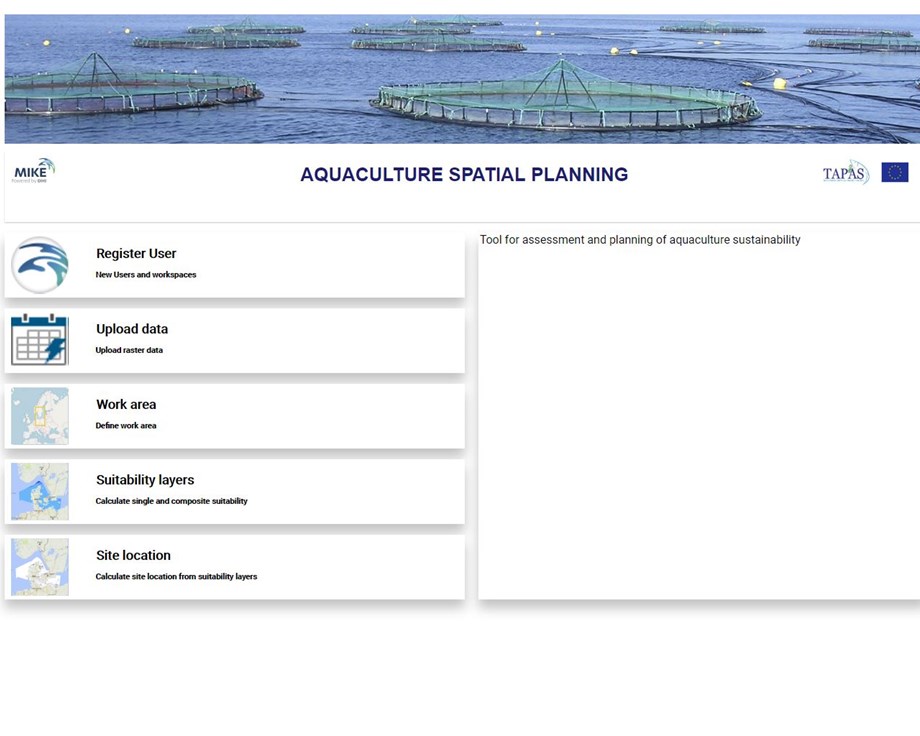Recommendations for decision making authorities

To optimise the use of an area, regulators and licensing authorities may wish to designate zones for aquaculture. Such zones are probably more relevant for coastal areas where they are included in marine spatial plans, although may also be relevant for freshwater aquaculture using shared water resources.
Zones should be based on the suitability of the area for aquaculture, with consideration of the biological requirements of the potential farmed species and characteristics of the environment. It is also important to identify constraints to production and areas where aquaculture development is not allowed.
Aquaculture site selection tool

The suitability of a site for aquaculture depends on many different factors. The Aquaculture Site Selection Tool allows users to develop their own site selection models within a Geographic Information System (GIS).
This tool can be used to assess trade-offs between different factors and identify the most suitable location for a specific type of aquaculture based on selected criteria.

